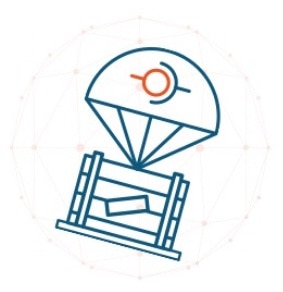According to Deloitte, less than 6 percent of L&D leaders believe that their teams have the necessary capabilities to provide mobile learning or to use MOOCs, simulations, audio, or video effectively.
More encouragingly — though still surprisingly low — 38 percent of L&D professionals think that their organizations are ready for the learners of the future, according to ATD Research.
Indeed, if L&D is to be tasked with transforming an organization into a culture of learning, they need to transform themselves first. Which isn’t easy, of course.
But even if L&D teams do not believe that they have the expertise to deliver learning, or they are not ready to do so, that’s OK. In the meantime, these professionals can serve in the capacity of provider, curator, facilitator, or administrator: they can act as the conduits or gatekeepers for any and all possible learning made available for employees throughout the organization.
For example, the L&D team at MasterCard, is experimenting with the idea of providing less learning, and curating more. They are exploring different modules, channels, and services to deliver the right learning to the right employee at the right time.
We play the role of facilitators and motivators more than anything else
— Janice Burns, Chief Learning Officer, MasterCard
One small change that can be made is to offer continuous learning. Currently, most learning in a corporate environment occurs as a dreaded, once-per-year event, that disrupts everyday tasks and productivity. Instead, learning must be continuous, so that it becomes a crucial part of the employee’s normal workflow.
‘Engaged employees learn and grow every day,’ notes Bain & Co, in a recent Harvard Business Review article.
As proof that employees are committed to learning continuously, a survey conducted by a consortium of learning vendors found that employees spent an average of $339 of their own money on career-related learning in 2015.
This same survey also uncovered that workers spend up to five times more time learning on their own each week than from employers. Further, 61 percent would put in even more time on their own if they were to receive professional credit for it.
Seeing these numbers should not frighten away the L&D professional. Instead, this should further fuel their efforts to establish and oversee a learning culture.
Cognota® platform helps organizations tap into the expertise residing within the four walls of the company. L&D leaders can team with such subject-matter experts to quickly create courses based on this expertise, so that such knowledge is shared, assessed, implemented, and tracked so that productivity is increased. Cognota can help the L&D leader scale and transform an environment in which employees learn from each other.




